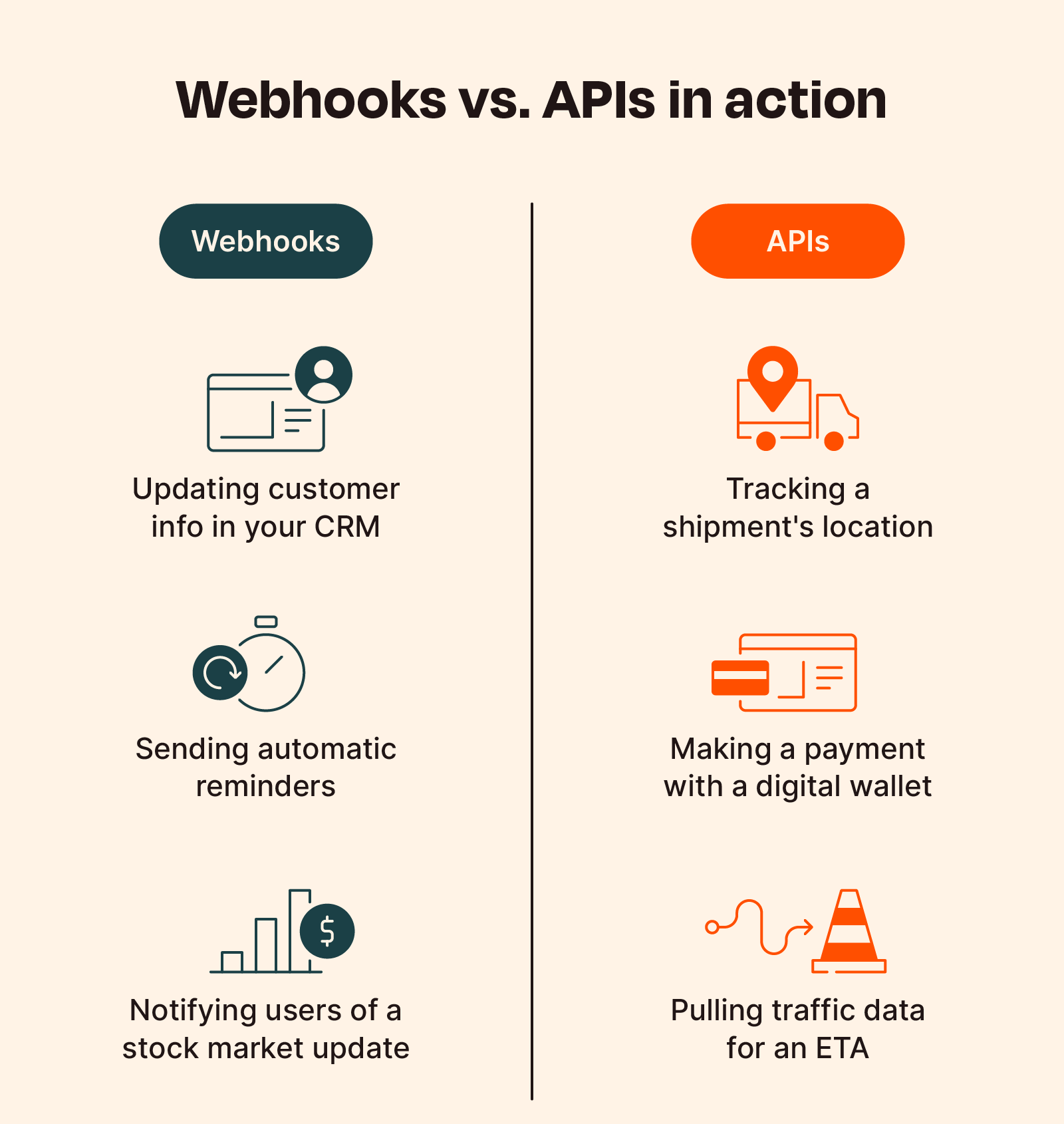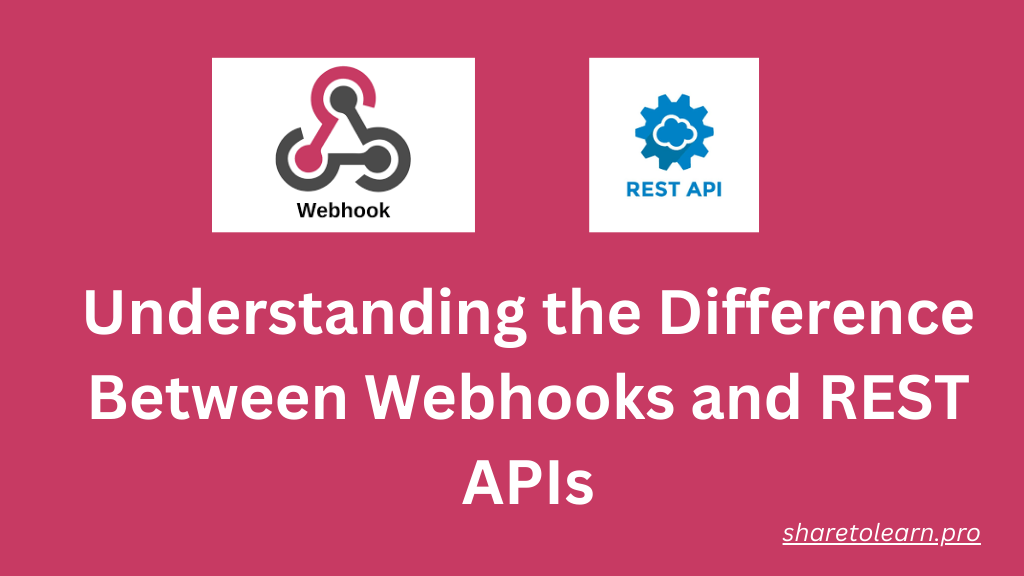In the realm of web development and integration, two essential concepts often come into play: Webhooks and REST APIs. While they both facilitate communication between different software systems, they serve distinct purposes and are suitable for different scenarios. In this blog post, we'll delve into the differences between Webhooks and REST APIs and explore when to use each.
Webhooks: Real-Time Notifications
Imagine you have a web application that needs to be updated whenever a specific event occurs in another system, say, when a new order is placed in an e-commerce platform. This is where Webhooks shine.
Webhooks are HTTP callbacks triggered by specific events. They allow real-time communication between two applications, enabling one application to immediately notify another about a particular event. When the event occurs, the source application sends an HTTP POST request to a predefined URL (usually provided by the receiving application), containing relevant data about the event.
Use Cases for Webhooks:
- Real-Time Updates: When immediate notification of events is crucial, such as new orders, payments, or user registrations.
- Integration with Third-Party Services: Integrating with external services like payment gateways, messaging platforms, or social media APIs.
- Automation: Automating workflows based on certain triggers without the need for continuous polling.
REST APIs: Request-Response Communication
REST (Representational State Transfer) APIs, on the other hand, facilitate communication between client and server through a set of predefined endpoints. They follow a request-response model, where a client sends an HTTP request to the server, and the server responds with the requested data.
REST APIs are widely used for building web services that allow clients to perform various actions, such as retrieving data, creating new records, updating existing ones, or deleting resources.
Use Cases for REST APIs:
- Client-Server Communication: When building web applications that need to interact with a server to perform CRUD (Create, Read, Update, Delete) operations.
- Data Exchange: Sharing data between different systems or allowing third-party developers to access your application's functionality.
- Stateless Communication: Stateless interactions where each request from the client contains all necessary information for the server to fulfill it, making the system scalable and easy to maintain.
When to Use Each:

- Use Webhooks When:
- Real-time notifications are required.
- You want to trigger actions in response to specific events.
- Continuous polling for updates is inefficient or impractical.
- Use REST APIs When:
- You need to perform CRUD operations on resources.
- Stateless communication suffices.
- Client-server interaction follows a request-response pattern.
Conclusion:
In summary, Webhooks and REST APIs serve different purposes in the realm of web development and integration. While Webhooks provide real-time event notifications and trigger actions, REST APIs facilitate request-response communication for CRUD operations and data exchange. Choosing between them depends on the specific requirements of your application and the nature of the interactions you need to support. By understanding their differences and use cases, you can make informed decisions when designing and implementing your system's architecture.

Discussion (undefined)